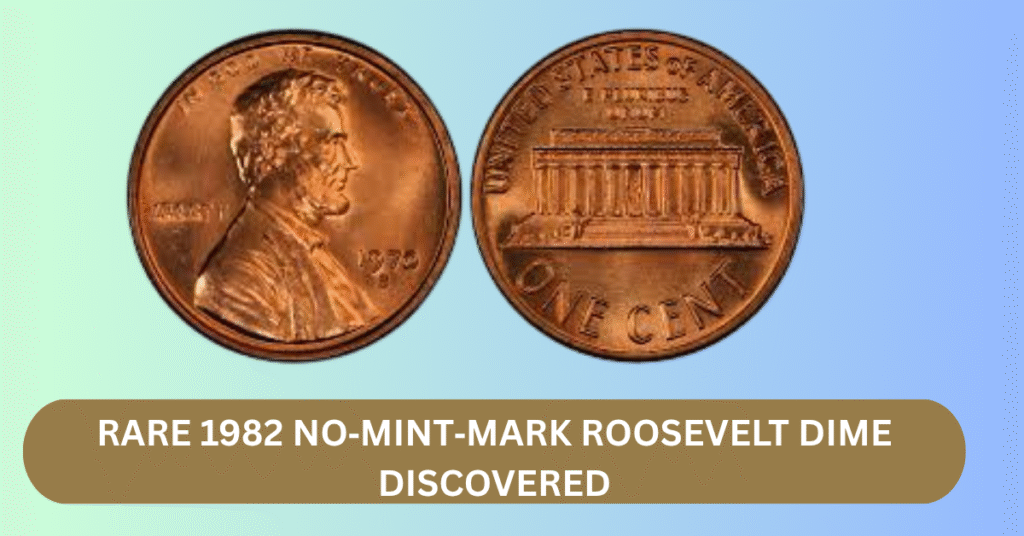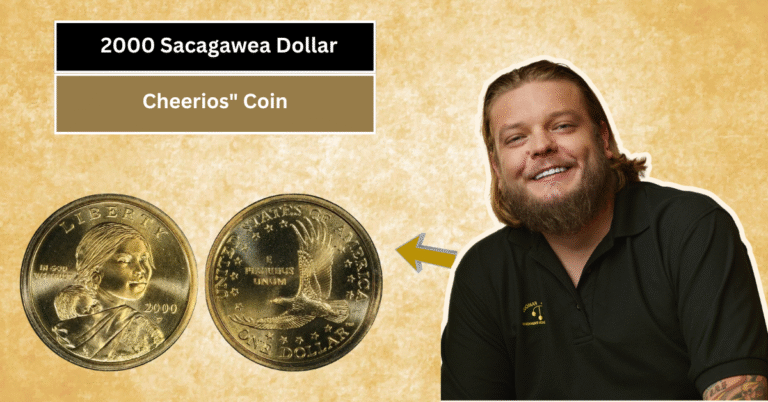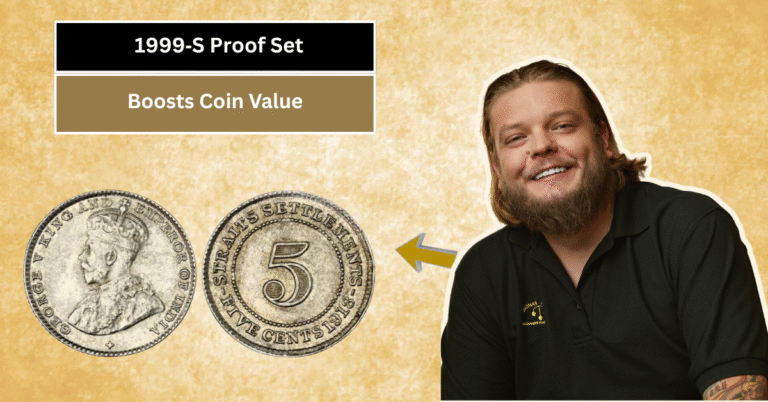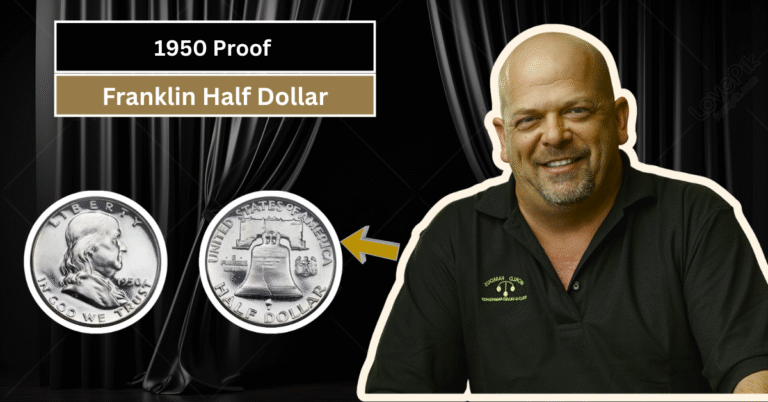
Coins from the past often hold more than just historical value; some contain unique features that make them rare and highly collectible. One such coin is the 1970s small-date proof dime, which has recently caught the attention of collectors and investors alike. What’s surprising is how a tiny detail—a subtle date curl—can raise the coin’s value dramatically, with some fetching as much as $3,000.
For those new to coin collecting or curious about how small variations can mean big money, this article explores why the high “7” compared to the “0” in the date is the easiest clue to spotting this rare dime. We’ll guide you step-by-step on recognizing this hidden gem, perfect for anyone interested in coins or looking to start a collection.
What Is a 1970s Small-Date Proof Dime?
This Article Includes
- 1 What Is a 1970s Small-Date Proof Dime?
- 2 Why Is the Small-Date Proof Dime So Rare?
- 3 Understanding the High “7” Compared to the “0” Clue
- 4 How Much Can a Small-Date Proof Dime Be Worth?
- 5 Tips for Identifying and Collecting Small-Date Proof Dimes
- 6 Why Should Young Collectors Care About These Coins?
- 7 Conclusion: Keep an Eye Out for That High “7”
The 1970s small-date proof dime belongs to a special category of coins called “proof coins.” These are coins made with extra care and are usually struck multiple times to bring out sharper details. Proof dimes were made to showcase very crisp imagery, perfect for collectors rather than daily use.
The small-date variety refers to a specific design difference in the date numbers on the coin. In the 1970s, some dimes were minted with a smaller “0” in the date, which may seem insignificant but makes a huge difference for collectors looking for rare errors or variations.
Why Is the Small-Date Proof Dime So Rare?
The rarity comes from the low number of coins that have this exact small-date feature. While many coins from the 1970s were produced, only a few proofs have the subtle difference in the date digits. Because most dimes have a regular, larger date, the small-date versions are both unusual and highly sought after.
Since coin collectors love to find unique or rare pieces, the demand for these small-date dimes has grown. The more people want one, the higher the price goes, especially if the coin is in excellent condition, like proof coins generally are.
Understanding the High “7” Compared to the “0” Clue
For newbies, spotting the difference in these coins might sound tricky. But the easiest way is to look at the numbers in the date. The “7” appears higher or raised compared to the “0” in the small-date dime. This tiny “curl” or height difference is subtle but makes all the difference for collectors.
Seeing this correctly requires a close look, possibly with a magnifying glass or loupe used by coin experts. If you notice that the “7” is noticeably higher, it’s a strong sign you have the valuable small-date proof dime on your hands.
How Much Can a Small-Date Proof Dime Be Worth?
The value of these rare coins depends largely on their condition and market demand. Some small-date proof dimes with the date curl have recently sold for about $3,000 or even more. This price is far above what a regular 1970s dime usually fetches, which is just a few rupees or dollars.
This huge price difference shows how even a tiny variation in a common coin can create significant investment potential. For collectors, finding one of these dimes can be like a treasure hunt that rewards patience and sharp observation.
Tips for Identifying and Collecting Small-Date Proof Dimes
If you are interested in adding a small-date proof dime to your collection, here are some simple tips. First, always examine the date carefully, looking for the high “7” compared to the “0.” Second, check the coin’s overall condition; proof coins should look clean and sharp without wear.
It’s also a good idea to join local coin clubs or online forums where experienced collectors share photos and advice. This can help you learn more about spotting rare coins and avoid fake or altered dimes.
Why Should Young Collectors Care About These Coins?
Coin collecting is not just about money; it’s a fun way to learn about history, culture, and art. For younger people, understanding why certain coins become rare teaches patience, attention to detail, and research skills. The story of the small-date proof dime shows how even small things matter in the world of collectibles.
Besides the joy of collecting, coins like the 1970s small-date proof dime can also be a smart investment if you decide to sell in the future. Learning to spot these rarities now can make you a savvy collector and investor for years to come.
Conclusion: Keep an Eye Out for That High “7”
The 1970s small-date proof dime reminds us that tiny features can create big value. If you enjoy coin collecting or want to start, looking carefully at the date numbers can help you find this rare and valuable coin. Remember, the high “7” compared to the “0” is your easiest clue to spotting a small-date dime that can fetch thousands of rupees.
So next time you have a batch of old coins, don’t rush. Take a moment, examine the dates, and who knows—you might find a rare gem right in your pocket or drawer, waiting to be discovered.






